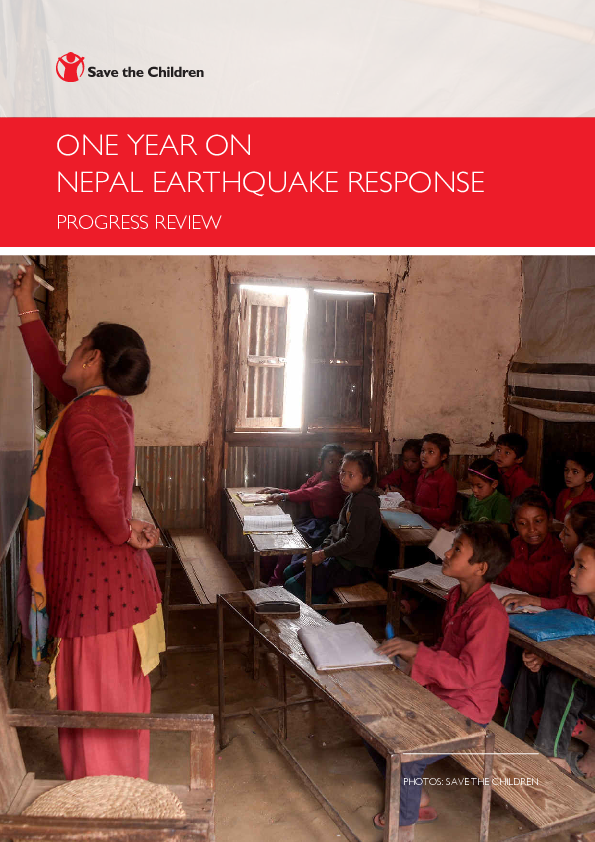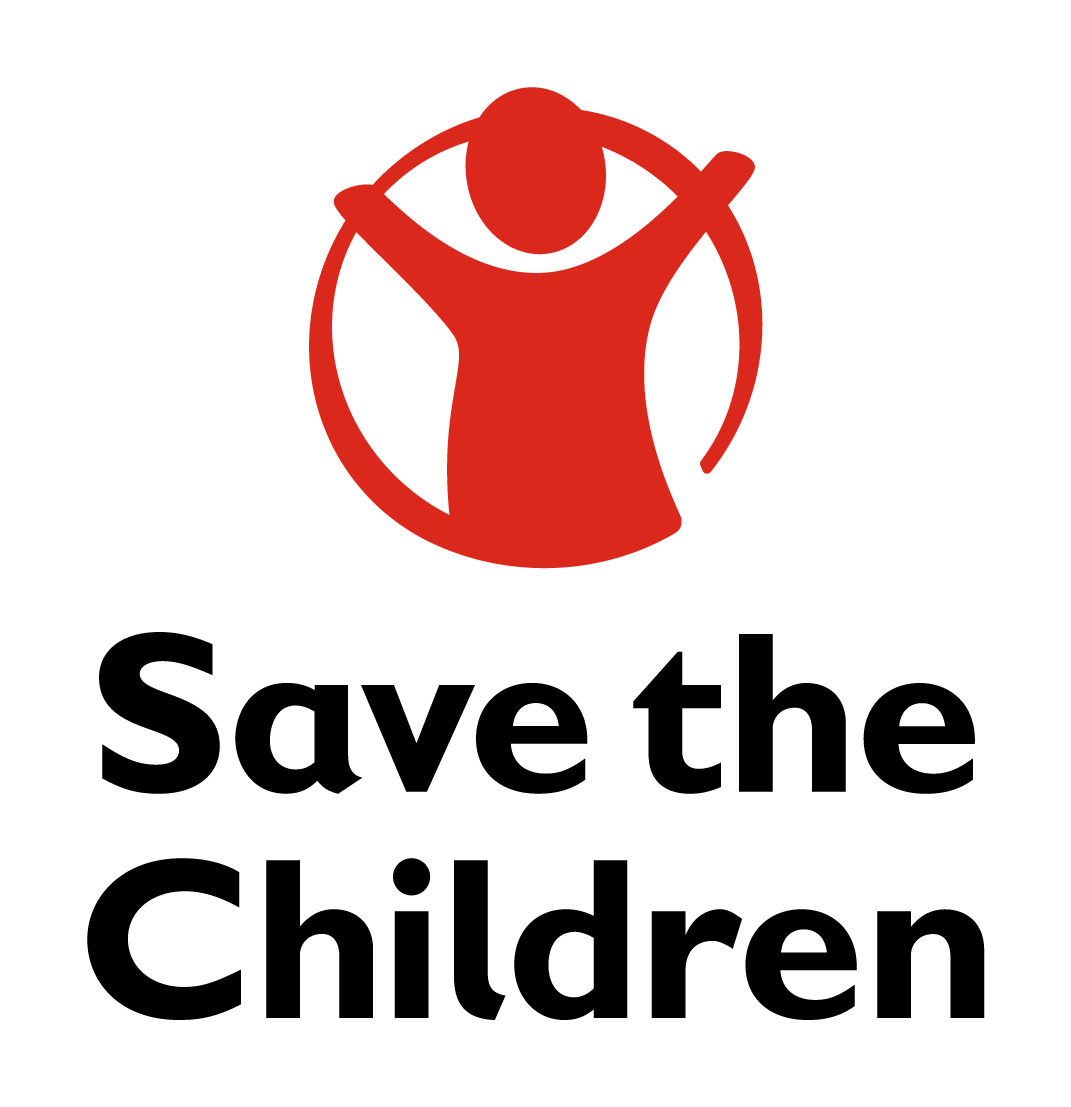
Reports, Study: Research
One Year On: Nepal earthquake response
Publication year:
2016
English
Format:
pdf (1.3 MiB)
Publisher:
Save the Children
The 7.8 magnitude earthquake in April 2015 was the worst natural disaster to strike Nepal in over 80 years. The last one was in 1934. This time, the destruction centered around the rural mid-hills of Nepal, destroyed homes and affected the lives of people who live in geographically challenging terrain. The death count reached almost 9,000 and more than 22,000 people, including children, were injured.
The country reported an economic setback of over seven billion USD (NRs 706 billion). In the fourteen worst affected districts of Gorkha, Dolakha, Sindhupalchowk, Nuwakot, Rasuwa, Kathmandu valley (Kathmandu, Lalitpur, and Bhaktapur), Dhading, Kavre, Lamjung, Makawanpur, Sindhuli, and Ramechhap, over half a million homes were destroyed. Schools were also hit hard. Over 28,000 classrooms were destroyed; meaning over 7,000 schools now need to be rebuilt. The quake brought down 1,227 health facilities; most of the government posts, which compromised people’s access to basic and life-saving support. There were two million people in urgent need of water, sanitation and hygiene support with significant damage and destruction of the water supply and sanitation systems.
Read full abstract
View & Download
English
1 Documents
Document information
Publisher
Format
Content type
Country
Region
Rights
© Author/Publisher
Share
Link
